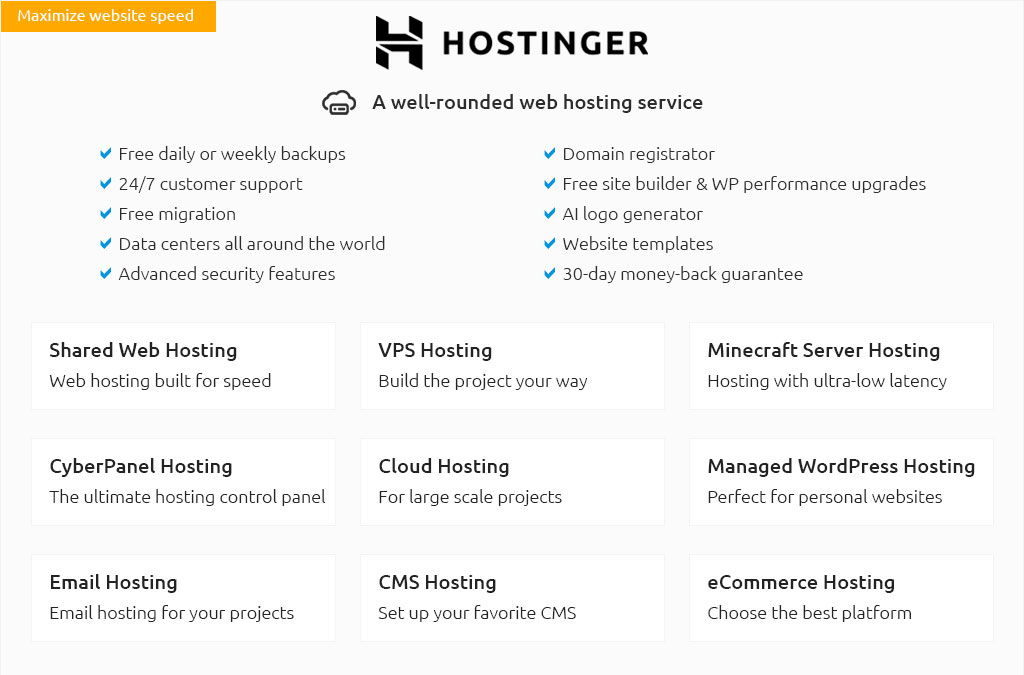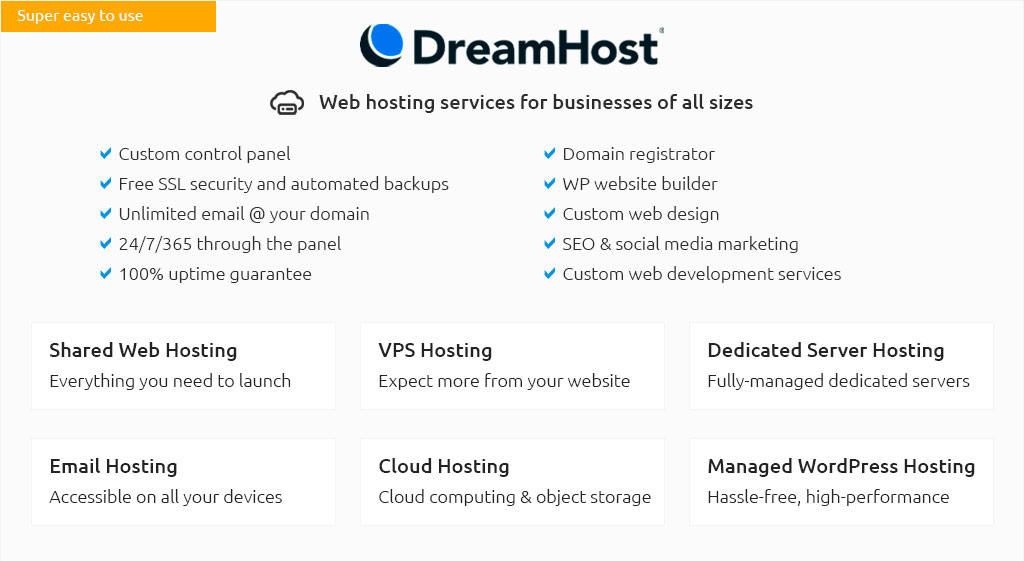 |
|||
 |
 |
 |
|
 |
|
 |
 |
 |
|||
 |
|||
 |
|||
 |
|||
 |
|||
 |
|||
 |
 |
How to Transfer a Website to a New HostTransferring a website to a new host is a process that, at first glance, might seem daunting, yet with a methodical approach, it can be executed smoothly and efficiently. Whether you're looking for better service, improved speed, or simply a change of scenery, moving your site doesn't have to be a Herculean task. In this guide, we'll explore the essential steps needed to make this transition as seamless as possible. Understanding Your Current Setup Before diving into the intricacies of transferring your website, it's crucial to have a comprehensive understanding of your current setup. This includes knowing the software your website runs on, such as WordPress, Joomla, or a custom CMS, and identifying the specific technologies it relies upon, such as PHP versions, databases, and any special server configurations. Armed with this information, you can ensure the new host can support your website's requirements. Choosing the Right Host Choosing a new host is akin to selecting a new home for your digital presence, and therefore, it deserves careful consideration. Factors such as uptime reliability, customer support responsiveness, scalability options, and, of course, cost, should be weighed. Personal recommendations and reviews can be invaluable during this selection process. Ultimately, the host you choose should align with your website’s needs and future aspirations. Backing Up Your Website Next on the agenda is creating a full backup of your website. This step cannot be overstated; it’s the safety net that ensures your data is preserved should anything go awry during the transfer. Most hosting platforms offer tools to facilitate this, or you can opt for plugins and third-party services that specialize in comprehensive website backups. Make sure to save your files and databases in a secure location, readily accessible when needed. Transferring Files and Databases With your backup safely stored, it's time to transfer your website's files and databases to the new host. This process generally involves using FTP clients to upload files and tools like phpMyAdmin for database transfers. Some hosts offer migration services or automated tools that can greatly simplify this process. However, if you prefer the DIY route, meticulous attention to detail will be your ally. Updating DNS Settings Once your site is securely nestled in its new home, you'll need to update your domain's DNS settings to point to the new server. This is akin to updating your address with the post office when you move homes. The DNS change can take anywhere from a few hours to 48 hours to propagate fully across the internet. During this time, it’s wise to monitor your site closely for any inconsistencies. Testing and Troubleshooting After the DNS has propagated, thorough testing is imperative. Navigate through your website as a user would, checking for broken links, missing images, or functionality issues. This is also an excellent time to optimize your site, perhaps implementing new features or enhancements that were not feasible with your previous host. Should you encounter any issues, most hosts provide robust customer support to assist in troubleshooting. Final Thoughts Transferring a website to a new host is undoubtedly a multifaceted process, but it doesn't have to be a stressful one. By approaching each step with diligence and care, you can ensure a smooth transition that minimizes downtime and maintains the integrity of your online presence. In today’s fast-paced digital world, having a reliable and efficient host is not just a luxury, but a necessity. So, whether you’re seeking improved performance, enhanced security, or simply a better fit for your growing needs, the effort invested in a successful migration can reap substantial rewards.
https://www.reddit.com/r/Wordpress/comments/igufec/what_is_the_best_way_to_transfer_a_domain_and_web/
Backup your DB, web server directory or directories, any special config and the SSL certs. Get the new server online with the backup data. Test ... https://www.hostinger.com/tutorials/how-to-transfer-web-hosting
How to Transfer Web Hosting From One Company to Another: 6 Easy Steps. https://www.cnet.com/tech/services-and-software/how-to-transfer-web-hosting/
You can transfer your URL to a new host by pointing your domain at the new host's nameservers in your domain management area. Nameservers are ...
|